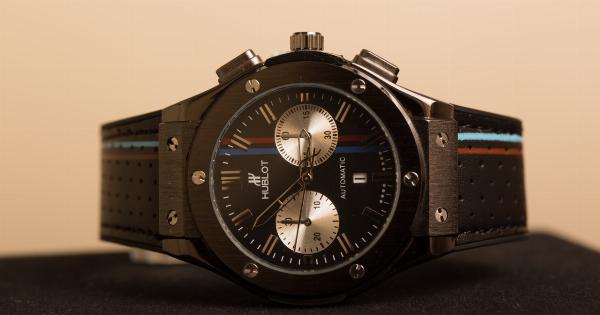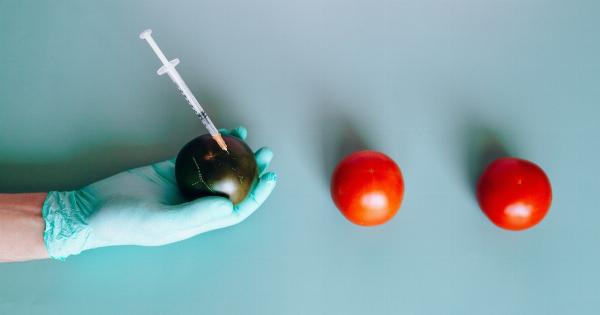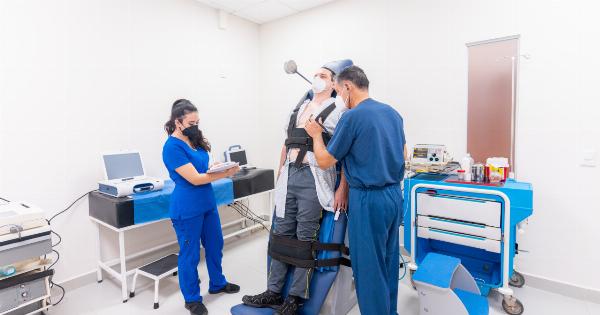The field of medical technology has witnessed remarkable advancements over the years, transforming the way we diagnose and treat various ailments.
One such breakthrough is the development of an incredible pacemaker innovation that operates remarkably like an automatic watch. This groundbreaking technology not only ensures a better quality of life for people with heart conditions but also highlights the astonishing progress made in the field of cardiology.
What is a Pacemaker?
Before delving into the incredible pacemaker innovation, let’s understand what a pacemaker is and its significance in modern medicine.
A pacemaker is a small electronic device implanted in a patient’s chest to regulate the heart’s rhythm and ensure it beats steadily and efficiently.
The traditional pacemakers, similar to quartz watches, rely on a battery-powered electrical circuit to provide the necessary electrical impulses to control the heart’s rhythm.
These devices have been highly successful in treating various cardiac conditions and saving countless lives. However, they come with certain limitations, such as limited battery life and the need for regular replacements.
The Automatic Watch-Inspired Innovation
Taking inspiration from the intricate and sophisticated mechanics of automatic watches, researchers and engineers aimed to improve the traditional pacemaker design.
By incorporating cutting-edge technology and design principles, they developed an incredible pacemaker innovation that mimics the functioning of an automatic watch.
An automatic watch relies on the kinetic energy generated by natural movements of the wearer’s wrist to wind the mainspring, which powers the watch.
Similarly, this pacemaker innovation harnesses the energy generated by the heart’s contractions to power the device. This eliminates the need for a battery and the associated limitations of traditional pacemakers.
How Does It Work?
The automatic watch-inspired pacemaker comprises two major components: a mechanical converter and an energy harvester.
The mechanical converter, analogous to the rotor in an automatic watch, transforms the heart’s kinetic energy into rotational motion. This motion is then transmitted to the energy harvester.
The energy harvester, reminiscent of the mainspring in an automatic watch, stores the rotational energy received from the mechanical converter. It maintains a constant energy reserve, ensuring uninterrupted functioning of the pacemaker.
The stored energy is then meticulously and precisely converted into electrical impulses, which are used to regulate the heart’s rhythm.
The seamless integration of mechanical and electrical components allows this pacemaker to harness the available energy effectively and provide a sustainable power source for an extended period.
As a result, patients experience fewer surgeries for pacemaker replacements, reducing the associated risks and costs.
Advantages and Potential Impact
The incorporation of automatic watch technology into pacemakers brings forth numerous advantages and has the potential to revolutionize cardiac care:.
1. Extended Battery Life:
By eliminating the need for batteries, this pacemaker innovation provides an extended battery life, significantly reducing the frequency of surgeries or procedures required to replace traditional pacemakers.
This translates into improved patient satisfaction, convenience, and reduced healthcare costs.
2. Sustainable Power Source:
With the innovative energy-harvesting mechanism inspired by automatic watches, this pacemaker offers a sustainable power solution that reduces dependence on external power sources.
It enables patients to lead more active lives and eliminates the worry of battery depletion.
3. Enhanced Patient Comfort:
Traditional pacemakers require invasive surgery for implantation and replacement. However, this innovative pacemaker eliminates the need for multiple surgeries, thereby reducing patient discomfort and recovery time.
It also minimizes the risk of infections and complications associated with surgical procedures.
4. Improved Quality of Life:
The automatic watch-inspired pacemaker provides a seamless and continuous power source, ensuring optimal performance throughout the day.
Patients can engage in physical activities without worrying about battery life or interruptions in heart rhythm regulation. This leads to an improved quality of life and overall well-being.
5. Technological Advancements:
The development and integration of automatic watch-inspired technology in pacemakers represent a significant leap in the field of cardiology.
It showcases the remarkable progress made in medical technology and highlights the innovative potential that lies within the convergence of different disciplines.
The Future of Pacemakers
The incredible pacemaker innovation that operates like an automatic watch opens new doors for medical researchers and engineers.
The success of this development paves the way for exploring additional opportunities to make pacemakers even more efficient and patient-friendly.
Future advancements may focus on refining energy-harvesting techniques, enhancing the mechanical converter’s design, and improving the storage and conversion of energy.
These innovations can further increase the longevity of pacemakers, reduce risks associated with surgical procedures, and enhance overall patient outcomes.
Additionally, the integration of smart technology and wireless connectivity into pacemakers could revolutionize cardiovascular healthcare.
This would enable remote monitoring and adjustment of pacemaker settings, enhanced data analysis, and real-time communication between patients and healthcare providers.
Conclusion
The incredible pacemaker innovation that operates like an automatic watch represents a remarkable milestone in the field of cardiology and medical technology.
By harnessing the principles of automatic watches, this technology offers extended battery life, sustainable power, enhanced patient comfort, improved quality of life, and signifies significant technological advancements.



























